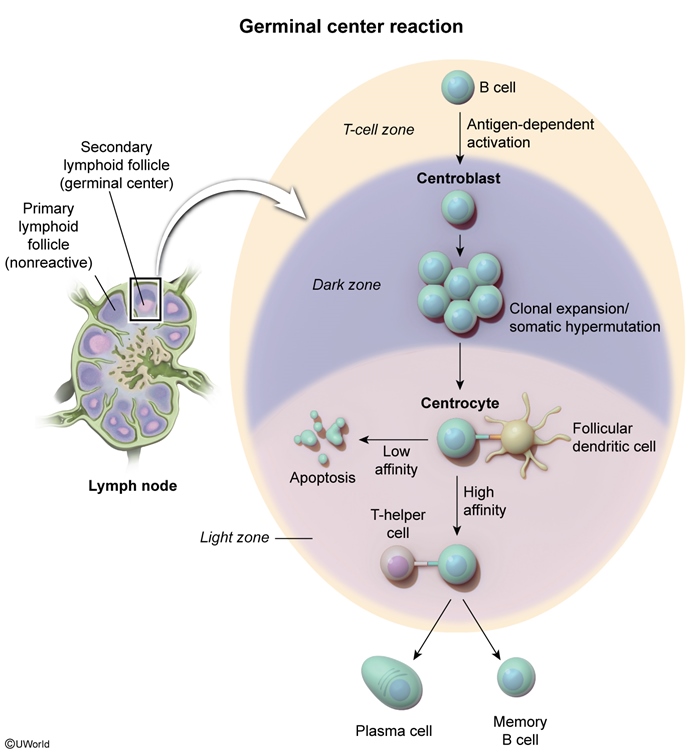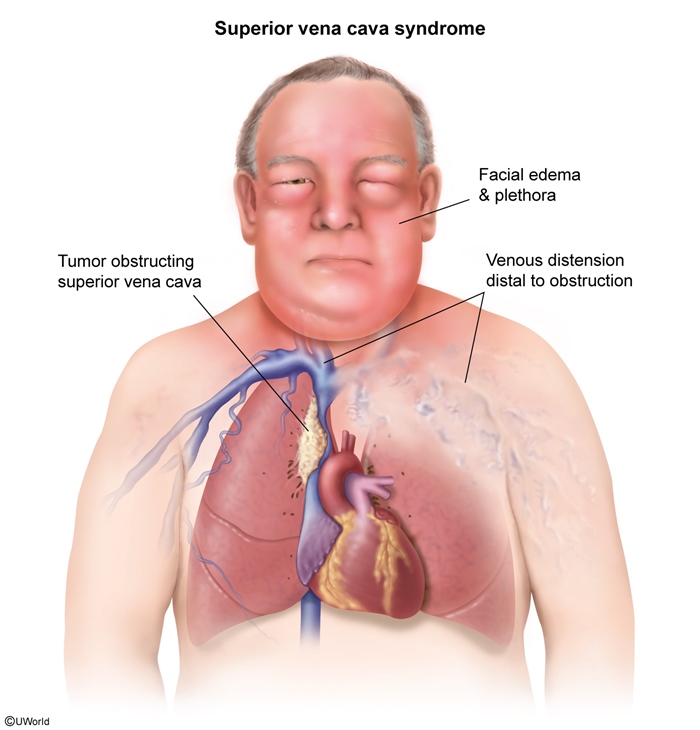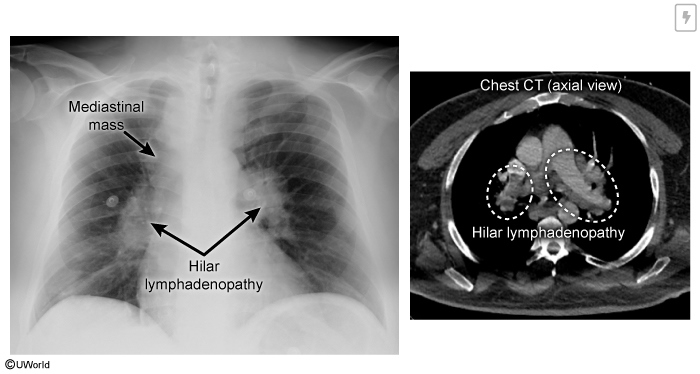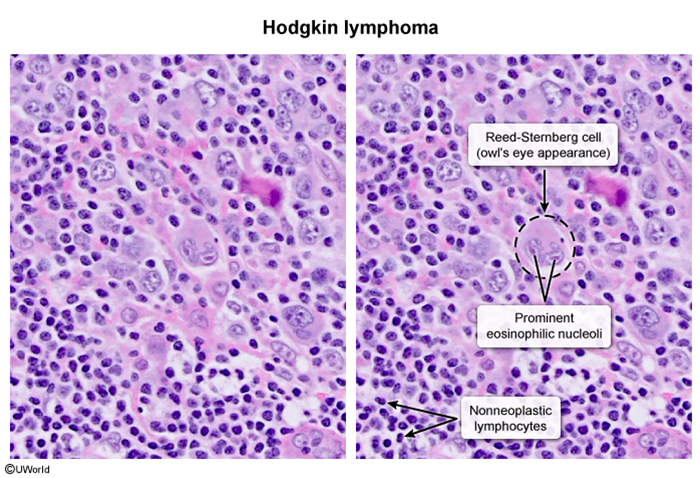Hodgkin Lymphoma
Article Sections
Introduction
Lymphomas are a diverse group of lymphoid neoplasms (ie, arising from a cell committed to the B, T, or natural killer [NK] cell lineage), most commonly presenting as a mass within lymphatic tissue (eg, lymph node, thymus). Hodgkin lymphoma (HL) originates from mature B cells and usually presents with painless lymphadenopathy (LAD).
Pathogenesis and risk factors
Unlike other hematopoietic cells, which begin and finish differentiation within the bone marrow, lymphoid cells originate in the bone marrow but complete differentiation in lymphoid organs. For example, T cell precursors migrate from the bone marrow to the thymus, where they differentiate into mature T cells. Similarly, B cells complete the final stages of differentiation in peripheral lymphoid organs (eg, lymph nodes).
In the lymph nodes, B cells are exposed to antigens and subsequently undergo somatic hypermutation and class switching in the germinal center (
Continue Learning with UWorld
Get the full Hodgkin Lymphoma article plus rich visuals, real-world cases, and in-depth insights from medical experts, all available through the UWorld Medical Library.
Figures



Images

